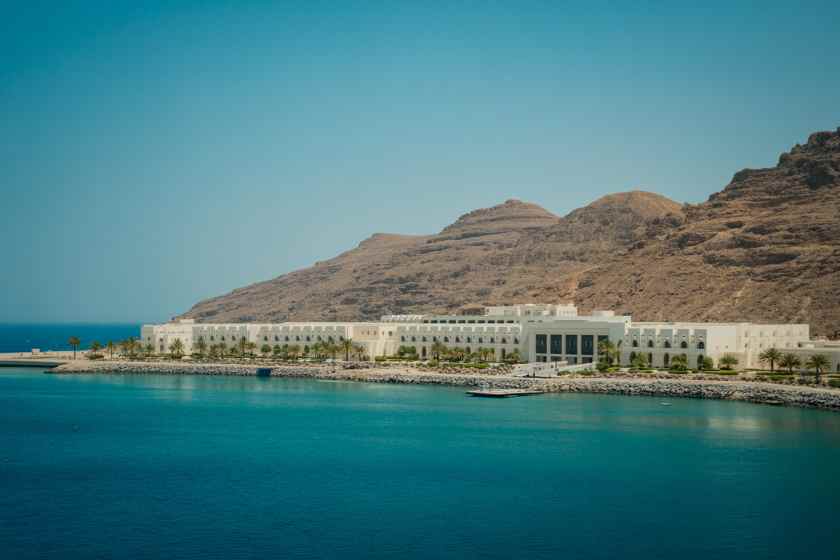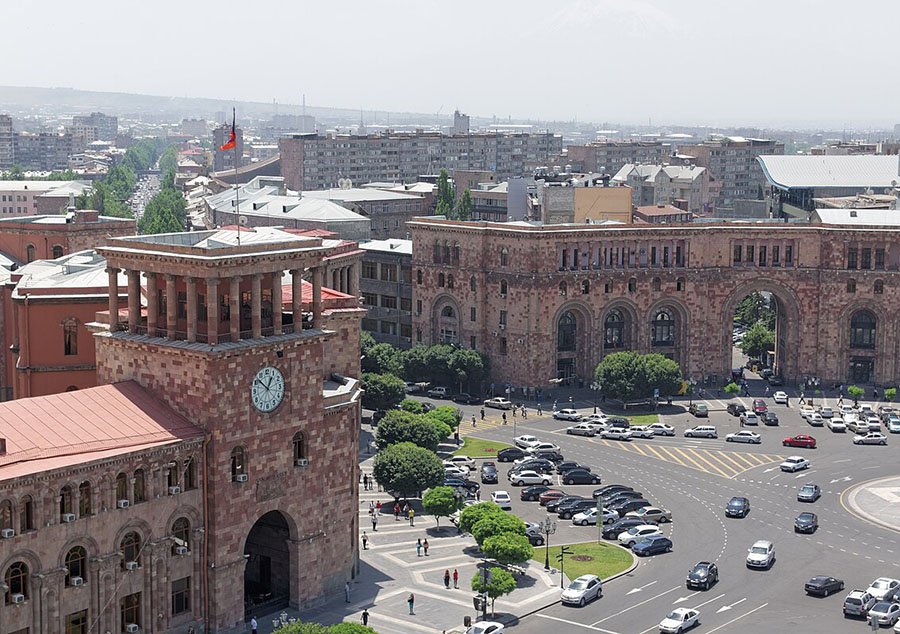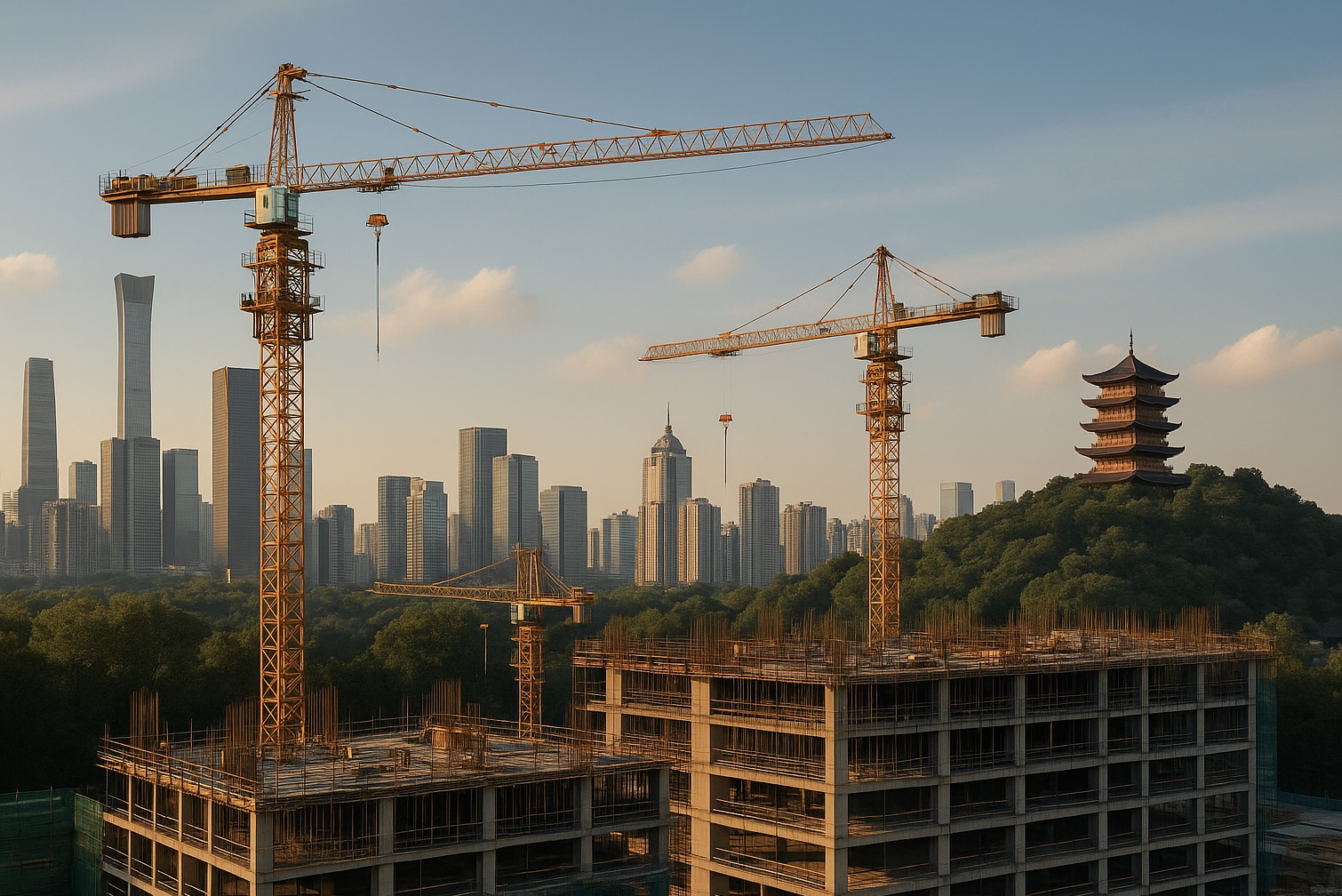читайте также
 Oman’s Tourism Surge: Hotels Record Double-Digit Growth in Revenue and Guests in 2025
Oman’s Tourism Surge: Hotels Record Double-Digit Growth in Revenue and Guests in 2025
 Thousands of Passengers Grounded Across Europe as Airlines Face 65 Cancellations and 1,824 Delays
Thousands of Passengers Grounded Across Europe as Airlines Face 65 Cancellations and 1,824 Delays
 UK Braces for Major Snowstorm: Heavy Snow and Freezing Temperatures Disrupt Travel Nationwide
UK Braces for Major Snowstorm: Heavy Snow and Freezing Temperatures Disrupt Travel Nationwide
 Where to Travel for Christmas 2025: From Jerusalem and Germany to Wintertime Georgia
Where to Travel for Christmas 2025: From Jerusalem and Germany to Wintertime Georgia
 Montenegro’s Prime Minister vows to introduce visa restrictions for Russians
Montenegro’s Prime Minister vows to introduce visa restrictions for Russians
 New Rules for Temporary and Permanent Residence in Armenia: What Will Change in 2026
New Rules for Temporary and Permanent Residence in Armenia: What Will Change in 2026
China / Tourism China / Real Estate China / Real Estate / Tourism & hospitality / News / Reviews / Analytics / Вusiness / Investments 24.11.2025
China’s Hotel Construction Pipeline Surges to Record High: Nearly 3,700 Projects Underway

China’s hospitality industry is entering a new phase of large-scale expansion. According to the Q3 2025 China Construction Pipeline Trend Report by Lodging Econometrics (LE), the country’s total hotel construction pipeline reached 3,695 projects and 656,873 rooms, setting a new milestone for Asia’s largest hotel market.
Record-Breaking Pipeline and Accelerated Construction Pace
At the close of the third quarter, 2,728 projects with 478,859 rooms were under active construction across China. Another 332 projects (56,141 rooms) are scheduled to break ground within the next 12 months, while 635 projects (121,873 rooms) remain in the early planning phase.
LE data shows a notable rise in new construction activity: project starts climbed 10% year-over-year and room counts increased 5%, reaching 265 projects / 41,189 rooms by the end of Q3. The number of new project announcements also surged to 252 projects (34,721 rooms), reflecting growing confidence among developers and international brands.
Upper Midscale and Upscale Dominate China’s Development Landscape
The upper midscale segment reached an all-time high this quarter, totaling 1,229 projects and 185,208 rooms, up 1% year-over-year. The upscale segment followed closely, with 1,049 projects / 219,728 rooms, marking a 2% increase in project count.
Together, these two categories account for 62% of all projects and rooms in China’s development pipeline — underscoring the industry’s strategic shift toward flexible, high-margin mid-to-upper-tier properties that cater to both business and leisure travelers.
Renovations and Conversions Hit Record Levels
Combined brand conversions and renovations in China reached new record highs at the end of Q3, increasing 21% YOY in projects and 9% YOY in rooms. In total, 225 hotels / 41,370 rooms are undergoing rebranding or refurbishment.
Brand conversions alone surged to 208 projects / 36,038 rooms, demonstrating how global and domestic hotel chains are reoptimizing their portfolios to capture post-pandemic demand and align with ESG and modernization standards.
Key Cities: Chengdu, Shanghai, and Guangzhou Lead the Way
The cities with the largest hotel pipelines reflect both traditional business hubs and new tourism centers:
Chengdu – 137 projects / 24,412 rooms
Shanghai – 128 projects / 22,151 rooms
Guangzhou – 124 projects / 24,792 rooms
Hangzhou – 105 projects / 20,006 rooms
Xi’an – 88 projects / 15,201 rooms
This geographic distribution highlights balanced growth between China’s eastern coastal megacities and its rapidly developing interior markets, driven by improved infrastructure and domestic tourism incentives.
Openings and Forecast: China Maintains Global Lead in Hotel Growth
Through the third quarter of 2025, China opened 743 new hotels (106,788 rooms). Another 316 hotels (45,900 rooms) are expected to open in Q4, bringing the total 2025 forecast to 1,059 new hotels with 152,688 rooms.
LE analysts project 978 new hotels (143,603 rooms) to open by the end of 2026 and 739 new hotels (142,076 rooms) in 2027 — confirming China’s position as the world’s fastest-growing hospitality market.
Drivers of Growth: Urbanization, Domestic Tourism, and Brand Diversification
China’s hospitality expansion is supported by structural factors — rapid urbanization, strong domestic travel demand, and government support for tourism infrastructure. Developers continue to focus on diversified hotel formats, including mixed-use projects, extended-stay concepts, and branded residences.
Major international chains are also accelerating localization strategies, introducing eco-smart hotels, digital check-in systems, and AI-powered operations to meet the expectations of a growing middle class and tech-savvy travelers.
Conclusion: Strategic Expansion and Market Maturity
Experts from International Investment note that China’s hotel market is evolving from quantity-driven expansion to quality-oriented transformation:
“China is entering a phase of strategic consolidation. Developers and investors are balancing large-scale growth with brand differentiation, sustainability, and advanced technology. The dominance of upper midscale and upscale segments shows a clear focus on long-term profitability and international competitiveness.”
According to analysts, the next two years will see stronger partnerships between Chinese developers and global brands, creating a new generation of hotels that combine efficiency, innovation, and premium guest experience.
Подсказки: China, hotels, investment, construction, tourism, Lodging Econometrics, upper midscale, upscale, hospitality, International Investment





